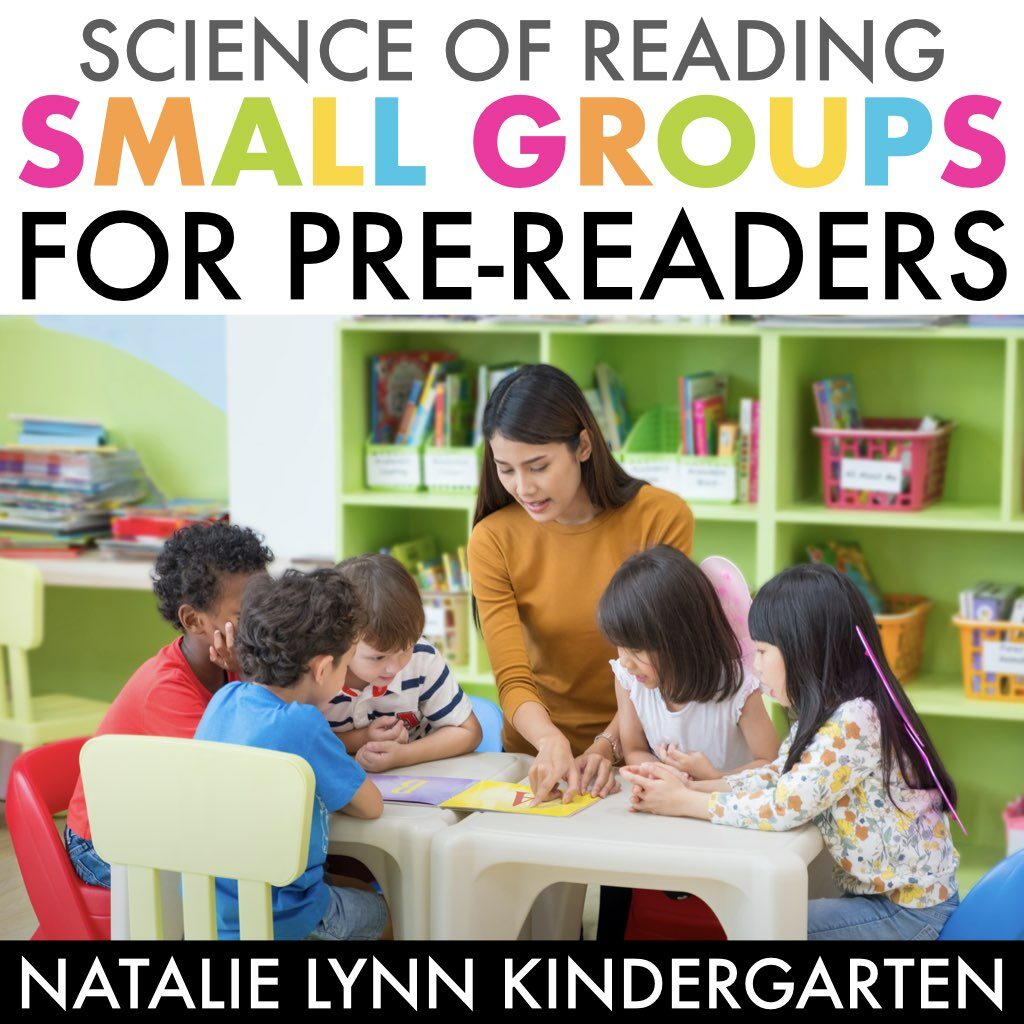
In this blog post: Find the best strategies for supporting students who are still learning the alphabet in small groups and learn how to plan reading groups for your pre-readers.
More and more teachers are switching their small group reading instruction to align with the science of reading and that is an amazing thing!
But with this switch comes the need to change how we plan small group lesson plans.
I recently asked teachers what questions they had about using a science of reading approach in their reading small groups, and one question that came up repeatedly was, “What should a small group lesson plan look like? What do I need to include in my lessons?”
This is such a big question, so I wanted to break this up into a series!
Today we will look at what a science of reading aligned lesson plan for pre-readers should include.
Who are pre-readers?
Your pre-readers are your students who are still learning the alphabet and letter sounds. These students are not quite ready to decode words or read sentences yet; they are still building the phonemic awareness and concepts of print background needed to read.
This is most likely where the majority of your students are entering Kindergarten.
Pre-readers are most comparable to students at a Pre-A (or AA) guided reading level.
However, teachers who follow a science of reading lesson plan will target this group of students in a completely different way.
Pre-A Lesson Plans vs. PreReader Lesson Plans
If you’ve taught traditional guided reading with leveled texts, you’re most likely familiar with Pre-A, or AA, guided reading lessons.
In a Pre-A guided reading lesson, students often work on:
- Concepts of print
- Phonological awareness
- Letters and letter sounds
- Sentence structure
- Following a pattern
- 3 cuing strategies like check the picture
While much of that is important and you will see it within a science of reading aligned lesson plan (not following a pattern or 3 cuing strategies), it will look much different.
That is because, while the goal of a Pre-A lesson plan is to get students ready to handle a book, the goal of a Pre-readers lesson plan is to get students ready to read.
A science of reading aligned pre-readers lesson plan should address these skills:
- Phonological awareness
- Targeted letter sound lesson
- Phonemic awareness
- Concepts of print and book handling
- Fluency practice
- Letter formation
- Optional: vocabulary
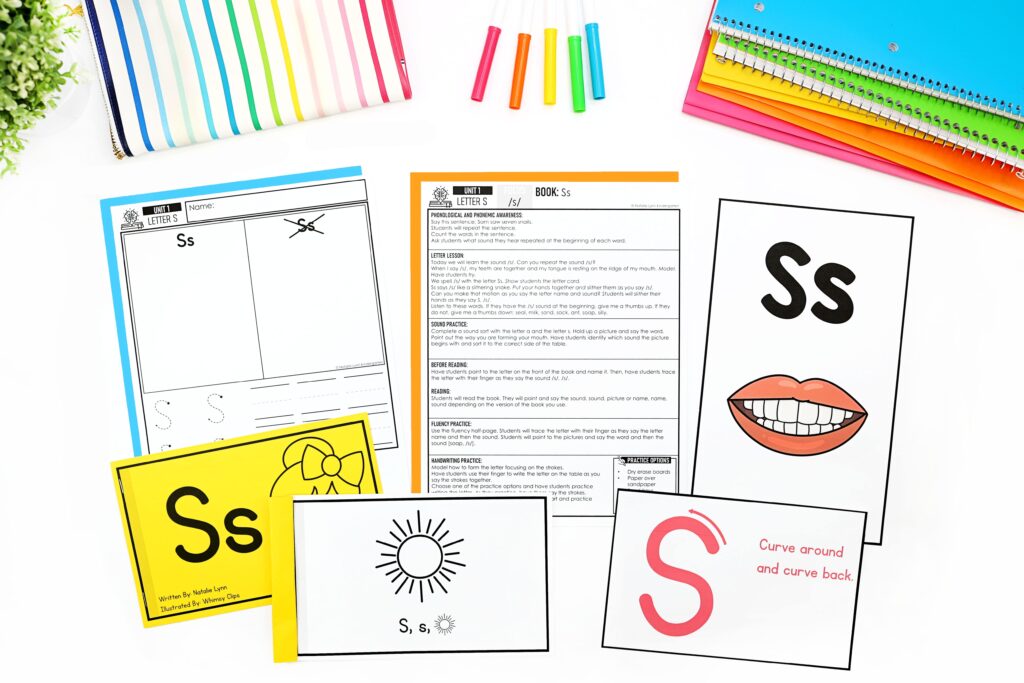
In the next part of this blog post, I will go through each portion of a pre-readers lesson plan to show you what it can look like.
Phonological Awareness Warm Up Activities
Phonological awareness is the ability to recognize and manipulate the spoken part of sentences and words [Reading Rockets].
This includes identifying words in sentences, identifying and counting sounds in words, counting syllables, recognizing and producing rhyming words, and segmenting and blending words.
Phonemic awareness falls under the phonological awareness umbrella.
I like to pick a phonological awareness activity as the warm up to our prereaders SOR lesson plan. The phonological awareness activity you choose be based on what your students need to work on.
One of my favorite activities is alliteration sentences.
I say an alliteration sentence that uses the letter sound we are targeting in our lesson. For example, “Miss Mary Mac may mop.”
I say it and students repeat it. We count the words in the sentence. Then, I have students identify what sound all of these words started with.
This is a great segue into our phonics mini lesson.
More warm up ideas include:
- An alphabet chart routine
- Say a letter or sound and have students find it on an alphabet chart
- Counting syllables in words
- Have students put out chips and push them up as they break a word into syllables
- Alphabet fluency roads
- Flip, Read, Move
Phonics Mini Lesson
The phonics mini lesson in a pre-readers lesson plan will most likely be focused on a specific letter and letter sound. You will want to decide this by assessing your students and seeing which sounds they need to work on.
First, introduce the sound you will be focusing on. Then, tell students how we spell that sound. Remember, the focus should be on the sounds, not the letter names.
This can sound like: Today we are learning the sound /m/. Can you repeat the sound /m/?
I like to show my students how to properly form their mouth to make the sound. If you have hand mirrors, you can let students see themselves making the sound as well!
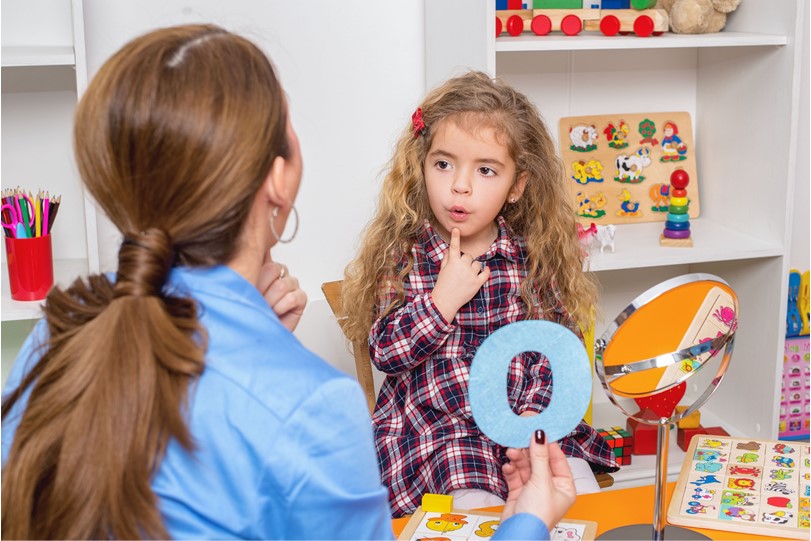
This is also when I introduce our alphabet motions that go along with each letter sound. The alphabet motions are a part of Unit 1 in the Science of Reading Guided Curriculum and they make a HUGE difference!
The alphabet motions give students a kinesthetic connection to the letter and sound.
Then, we add in some more phonological awareness practice and listen for the sound. For example, I’ll say a word and students will give me a thumbs up if it begins with the sound or a thumbs down if it does not.
When you first begin, I suggest beginning with letter sounds that make continuous sounds. These are sounds that can be stretched like mmmmmm or ssssss.
Your phonics mini lesson does not have to be long at all! In fact, it’s better if you keep it short and to the point.
Phonemic Awareness Activities
Phonemic awareness asks students to understand that words are made up of individual sounds, or phonemes, and those sounds can be segmented, blended, and manipulated.
It is important to begin working with phonemic awareness during your Pre-reader lessons so that students will have experience segmenting and blending sounds when they are ready to move into decoding and reading.
Some phonemic awareness activities you can add to your lesson plans include:
- Sorting pictures by the target sound and a previously learned sound
- Saying 2-3 phoneme words and having students segment them into sounds (me – /m/ /e/)
- Saying 2 phonemes that students have learned and having them blend them together (/a/ /p/ ap)
It is important that, for whatever phonemic awareness activity that you choose, the only new sound is the targeted letter sound you are working on. The rest of the sounds should already be known by students.
Let’s Read with Alphabet Decodable Readers
During your pre-readers lesson plan, you won’t want to use traditional decodable readers because your students are not yet at a place where they can put their decoding skills into action.
And you don’t want to use patterned books as in a traditional Pre-A or A guided reading lesson. This will promote guessing strategies that will be hard to undo.
So what do you do? How do you work on concepts of print and get your students working with books?
The answer is alphabet decodable books! Alphabet books are decodable readers that focus only on one letter and sound.

Students will point at say the letter sound and then the picture – /l/, /l/, leaf.
This helps our students recognize that text represents speech sounds, as well as concepts of print.
These books are a part of my Science of Reading Guided Curriculum Pre-Readers Unit.
When you read the alphabet decodable readers, students will be working on:
- book handling
- one-to-one correspondence with words
- directionality
- recognizing that print represents sound.
You can have students read their decodable reader alphabet books as a choral read (you all read together), echo read (you read and then they repeat), or independently.
Often, I like to do a choral or echo read and then let students read again independently. If we stretch the lesson to more than one day, I’ll have students read independently and take notes on their tracking and accuracy.
Our alphabet decodable books end with fluency practice. This includes the multi-sensory activity of tracing the letter with our finger while saying the name and sound.
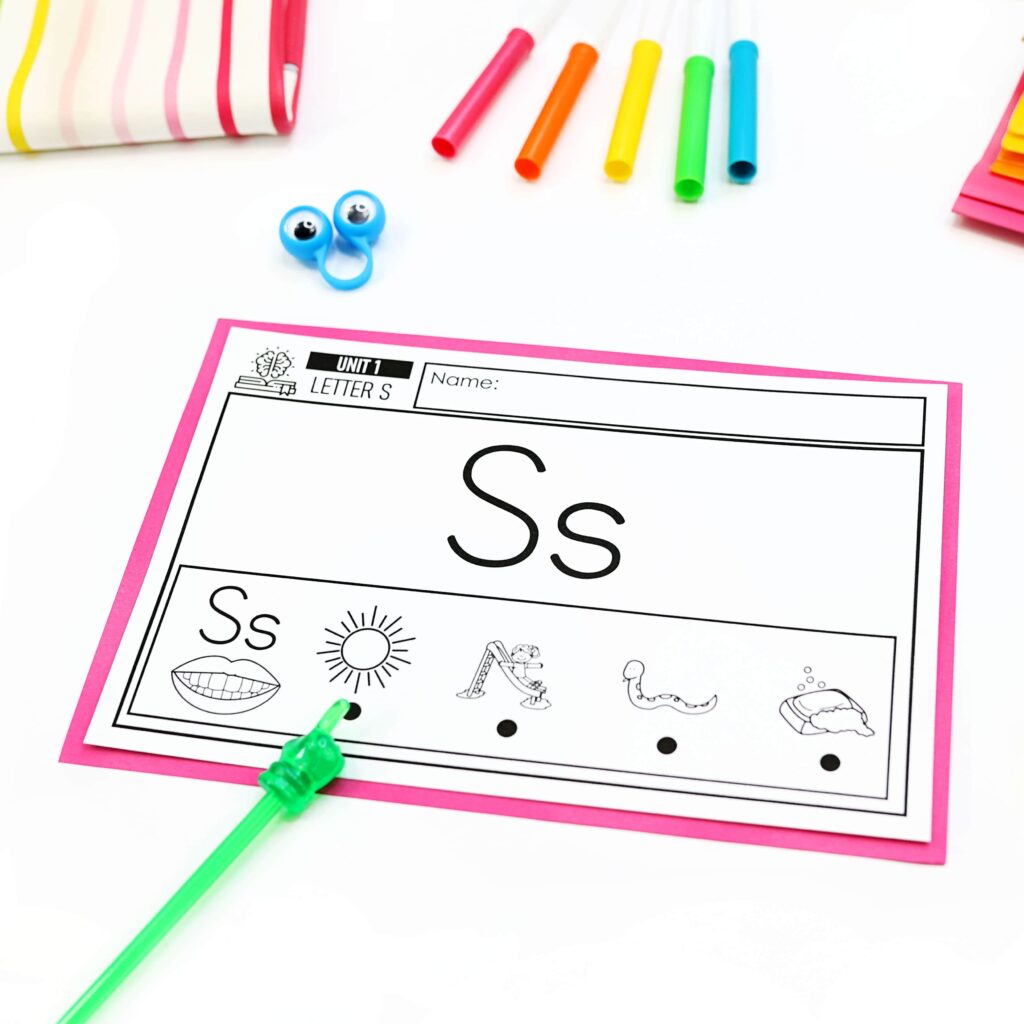
Students also point to the pictures and say the letter name, sound, and picture (M, /m/, mouse).
Letter Formation and Handwriting
There is a lot of debate around whether or not it is helpful and developmentally appropriate to spend time teaching letter formation and handwriting. That being said, I think it’s important to spend the time now to make encoding and writing easier for your students.
When your students begin encoding words and writing sentences, having to think about how to form each letter becomes an extra step for their brain.
It looks like:
- map
- m-a-p
- /m/
- m spells m
- How do I write an m? Down, bump, bump.
That’s 5 steps our students have to go through just to write one sound! It can be easy for the rest of the word to get lost.
By practicing letter formation and handwriting early, it becomes a part of students’ muscle memory.
They don’t have to use brain power to think about how to write each letter; they just do it.
All that to say, I think spending time on letter formation and handwriting during your science of reading small group lessons is super important, especially for your pre-readers!
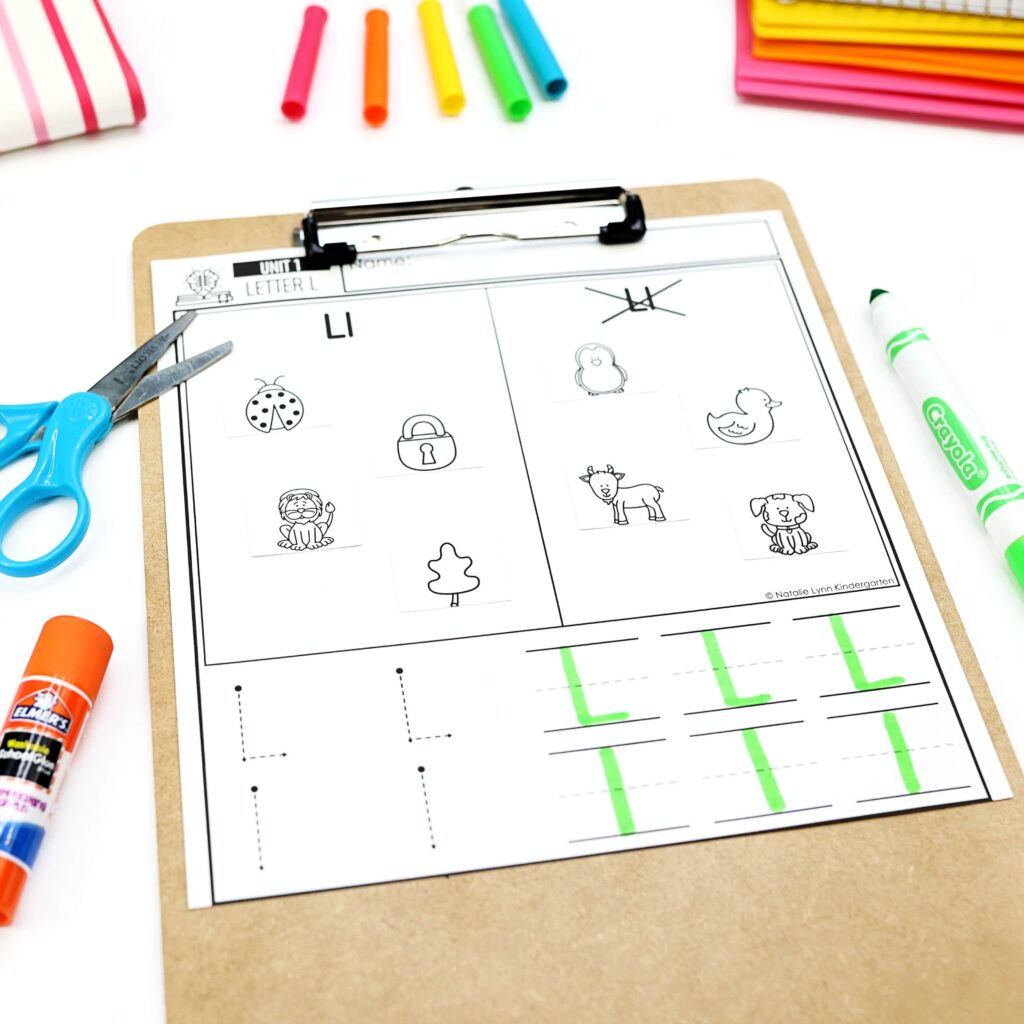
Handwriting activities you can add to your lesson plans:
- Handwriting worksheets
- Tracing sandpaper letters
- Writing with their finger in sand or salt
- Writing with their finger on a sensory bag (a plastic baggie filled with hair gel and paint)
Again, this doesn’t have to take a lot of time and is also something that you can incorporate into morning tubs, literacy centers, or play activities.
Optional Vocabulary Instruction
I say this is optional because your students won’t always need vocabulary instruction in your early reader lesson plans.
However, if there is a vocabulary word related to the targeted letter that you know students may not have in their background knowledge, it doesn’t hurt to review it.
Note: I would do this before you read the alphabet decodable books so that students have the knowledge as they read.
This can be as simple as showing students a picture, telling them the word and the definition, and asking if they can make any connections to it.
For example, for the letter Mm, I assume most of my students know what macaroni is, but some may not.
I can show them a picture of macaroni, tell them what it is and where they might have seen it before (macaroni and cheese or pasta dishes), and then ask them if they’ve ever eaten macaroni before.
This isn’t something that requires a lot of extra planning or worksheets or anything like that! Just make a note in your lesson plans of words that you may want to review before reading.
Assess, Assess, Assess!
I’ve heard from many teachers who are wondering how to know when to move their students into the next unit in reading. The answer is assess, assess, assess!
Make sure that you are routinely assessing your students both formally and informally so that you know what they know.
I assess letter names, letter sounds, and students ability to identify the first sound and orally segment and blend words.

While students do not need to be 100% solid in all letter sounds before moving into the Beginning Readers unit, I do think they need to be secure in most sounds.
That is because they are going to now be expected to take those sounds and apply them as they decode words in context.
That is also why it is important that students have the phonemic awareness ability to orally segment and blend words. Now we will be asking them to add in letters to that skill.
You can grab this Pre-readers assessment for free here!
What if my students aren’t quite ready to decode at the end of this unit? I’ve developed the Bridge Unit as an intervention unit for students who need more practice with letter sounds and more support moving into decoding!
Alphabet Pre-Readers Unit
I know teachers are busy and trying to do what’s best for their students, but making a big shift in how you teach can be hard!
That’s why I began writing the Science of Reading Guided Curriculum. I wanted to make sure that teachers had everything they needed from systematic and explicit lesson plans to decodable readers to allll the add ons.
The Science of Reading Guided Curriculum Unit 1: Pre-Readers takes students through each letter of the alphabet.
Each lesson plan includes phonological and phonemic awareness activities, phonics mini lessons, alphabet decodable books, and handwriting practice ready to go!

While you can absolutely begin this unit right away and teach it whole group, I suggest starting it in small groups after spending time introducing the alphabet whole group and getting your students independent in centers and ready for small group instruction.
This will give them a background knowledge to work from and make sure that your students are successful in centers and guided reading groups.
This science of reading unit includes:
- Ready-to-go lesson plans
- Alphabet Decodable Books
- Fluency practice pages
- Mouth formation letter cards
- Letter formation prompts
- Handwriting practice pages
- Letter sounds picture sorts
- Alphabet motions
What are other teachers saying about the Science of Reading Guided Curriculum Pre-Readers Unit?
I used these in my guided reading group for students who are still having trouble identifying letters and beginning sounds in words. My group was super engaged and able to identify the sound with the repeated sounds. Love these books!
Laura R.
This pack is such a valuable resource in the classroom! My students love using the letter books to practice their reading of the letter/sounds and words that begin with the letter/sound being worked on. I cannot wait to use more of this resource with my students!
Rebecca R.
This unit is also a part of a money-saving bundle in the Science of Reading Guided Curriculum that will take your students from pre-readers to decoding detectives!
Take a closer look at the Science of Reading Guided Curriculum in this blog post.
Natalie



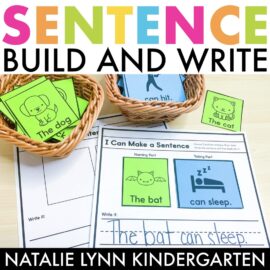


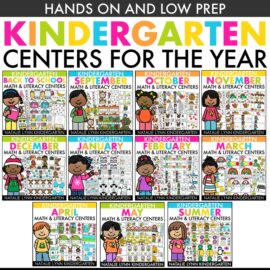
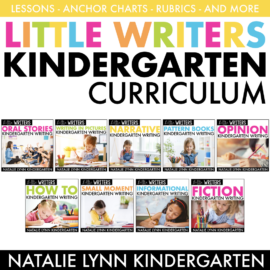
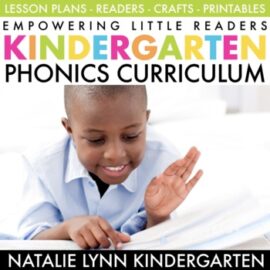
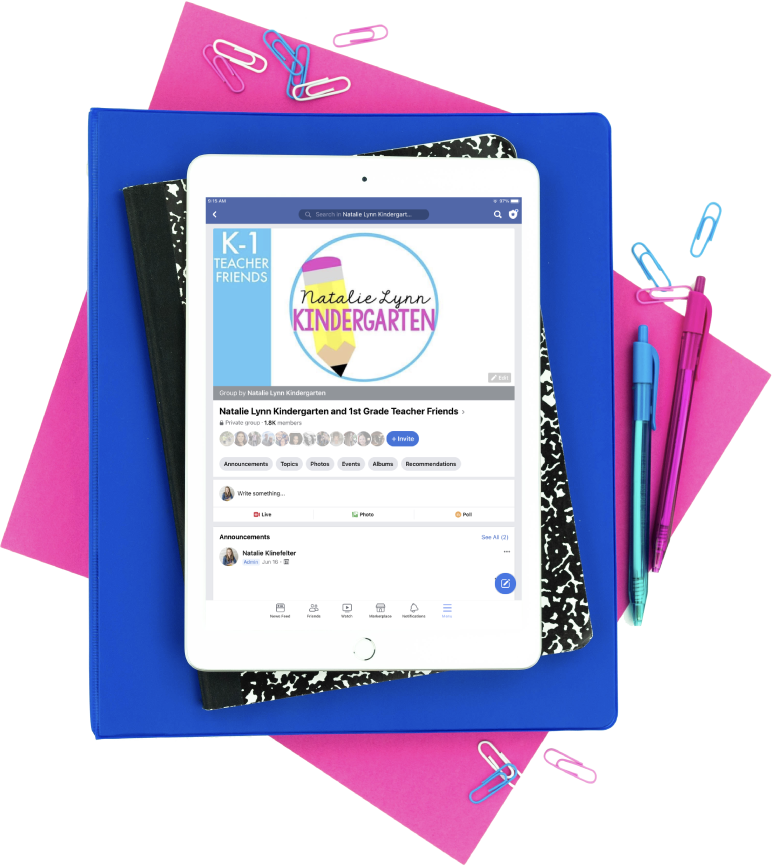

I have this and have loved using them with my small groups.
I am wondering if you have a page with all the letter formation prompts (to use as reference)? Or can we just find each prompt with the lesson for that letter?
Hi! You can send me an email and I can send you one.
Would you show what a lesson plan in your unit would look like. You listed all the items but to see it would help me visually know I was buying the right type of planning/lessons? Thank you and I enjoyed reading your post
You can try out three of the books and lesson plans for free here. They are the first three books listed (Letter Mm, Tex the Vet, and Sam and Tam): https://www.teacherspayteachers.com/Store/Natalie-Lynn-Kindergarten/Price-Range/Free/Search:Decodable+reader?ref=filter/price
I love the look of your letter formation prompts, so clear and easy to follow! Do you have a page with the prompts on it that I could print and use with my Kindergarten class? Thanks so much!
Hi Christine! I’m putting that together for someone else too, so send me an email at natalielynnkindergarten@gmail.com